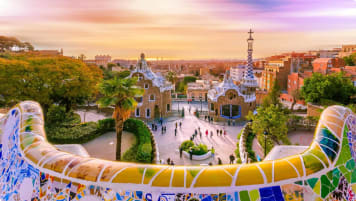Toledo, Spain
An hour south of Madrid, sitting atop a gorge overlooking the Tagus River, is the magnificent city of Toledo. Often called 'Imperial City' because it was the main venue of the court of Charles V, Holy Roman Emperor in Spain, Toledo is a medieval town that has been heavily influenced by its mix of Christian, Jewish and Muslim inhabitants throughout the centuries. You will find monuments scattered throughout the city that reflect Toledo's 'three cultures' and many of the city's most visited attractions are religious. The historic city of Toledo was designated a UNESCO World Heritage Site in 1986 for being 'a repository of more than 2,000 years of history' and for its architectural masterpieces that hold such importance for Christians, Muslims and Jews.
28 Jan 20 · 5 mins read

Toledo, Spain

History is rich and close when we start a tour of Toledo. An hour south of Madrid, sitting atop a gorge overlooking the Tagus River, is the magnificent city of Toledo.
Often called ‘Imperial City’ because it was the main venue of the court of Charles V, Holy Roman Emperor in Spain. Toledo is a medieval town that has been heavily influenced by its mix of Christian, Jewish and Muslim inhabitants throughout the centuries all are discovered on this Tour of Toledo with a local tour guide . You will find monuments scattered throughout the city that reflect Toledo’s ‘three cultures’ and many of the city‘s most visited attractions are religious. The historic city of Toledo was designated a UNESCO World Heritage Site in 1986 for being ‘a repository of more than 2,000 years of history’ and for its architectural masterpieces that hold such importance for Christians, Muslims and Jews.
The History of Toledo
Toledo was conquered by the Roman general Marcus Fulvius Nobilior in 193 BC and became an important colony. It was eventually chosen as the capital of the post-Roman Visigothic kingdom in the 6th century and became the site where a series of important church councils were held. The third, and arguably most famous, council saw King Reccared convert from Arianism to Christianity. In 711, the city of Toledo was captured by the Moors who occupied the area for over three centuries. During this time, the city of Toledo was home to an important Mozarab community. Mozarab refers to Spanish Christians who lived under Muslim rule and adopted Arabic language and culture without converting to Islam.
In 1085, Alfonso VI of Castile took Toledo and established direct control over the city and soon afterwards, the Vatican recognised Toledo as a seat of the Spanish Church. Despite Castilian conquest, Toledo continued to be an important cultural centre and at first, Christians, Jews and Muslims co-existed. Mosques and synagogues were not destroyed and for a period, the city flourished. However, this period of religious harmony did not last and multiple persecutions of Jews and Muslims soon became the norm in medieval times. Many Muslims and Jews fled the city during a period known as the Conversos. During the reign of Charles I of Spain, also known as Charles V Holy Roman Emperor, Toledo served as the main venue of the Imperial court. However, the city of Toledo’s fate changed in the mid-16th century when Felipe II made Madrid his capital.
The city’s important dwindled until the late 20th century when Toledo was made the capital of the autonomous community of Castile–La Mancha. The centuries of economic decline inadvertently helped Toledo preserve its impressive architectural and cultural heritage and in recent years it had become one of Spain’s most admired cities. This was helped by the title of World Heritage Site which reiterated the wealth of important landmarks in the city of Toledo.
What to See in Toledo
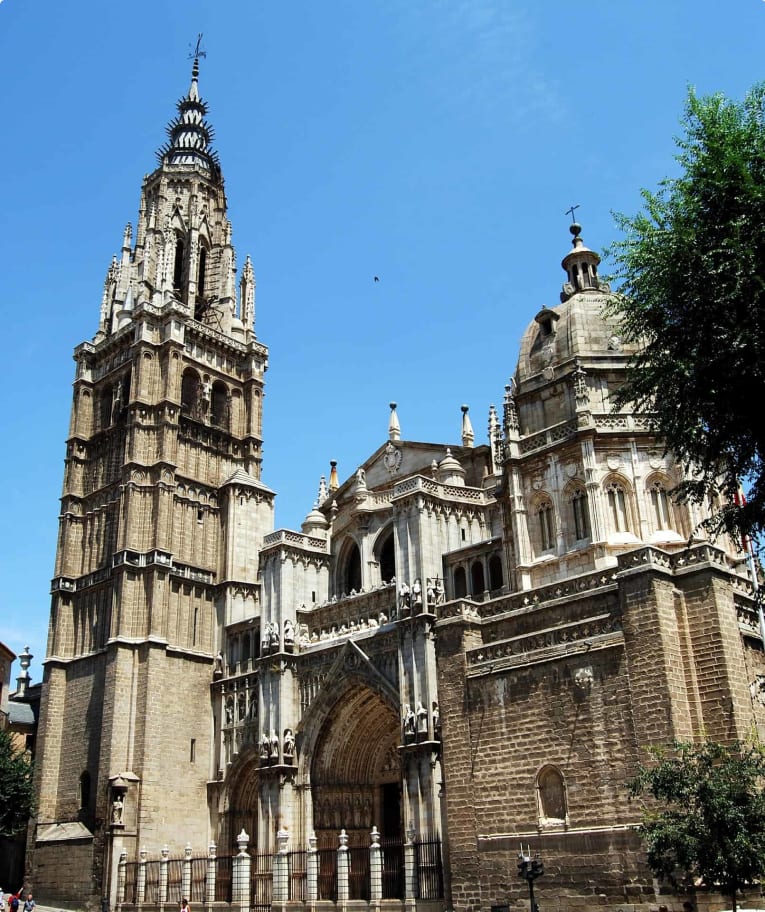
Given Toledo’s rich heritage, there in no shortage of sites to see and beautiful places to explore on a tour of Toledo. One place that is always high on every visitor to Toledo’s list is the Toledo Cathedral. Built in the 1220s, the cathedral stands on the site of the city‘s central mosque which was converted into a church in 1085 but ultimately destroyed. The cathedralis a mix of architectural styles, with a Gothic structure and Renaissance and Mudejar features. It is one of three 13th-century Gothic cathedrals in Spain and many consider it to be the magnum opus. It is built from white limestone from the nearby quarries of Olihuela. Today, the cathedral‘s sacristy has been converted to a gallery featuring works by El Greco, a master of Spanish painting, Goya and Velaquez. Here, you can see a famous painting of El Greco‘s called The Disrobing of Christ.
One can see more of El Greco‘s work at the El Greco Museum in the Jewish Quarter of the city. El Greco was born in Crete in 1541 but spent much of his life in Toledo. Opened in 1911, the museum features a 16th-century house with a courtyard that has been recreated into the home of El Greco and a 20th century building that displays many artworks by the artist. The entire complex is surrounded by lovely terraced gardens and you will also find a range of paintings, pottery and furniture from the city of Toledo.
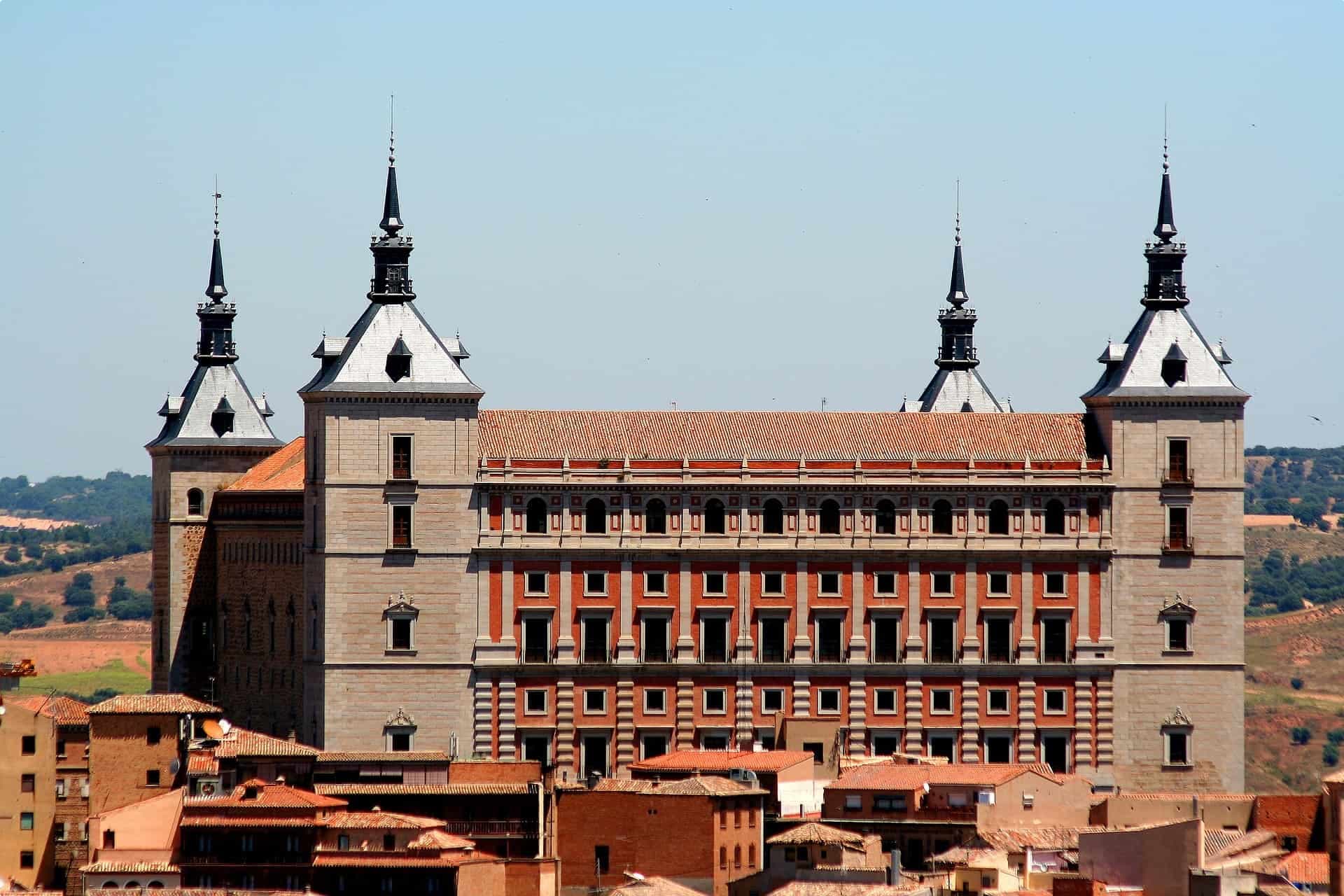
At the city‘s highest point, you will find the Alcazar of Toledo, a 10th-century Moorish fortress renovated and rebuilt by the Christians. The Alcazar was used as a royal palace by Charles I for a time but once the court moved to Madrid, it became a military academy. During the Spanish Civil War in 1936, the Alcazar of Toledo was badly destroyed during a siege and it became a powerful nationalist symbol. Under Franco, it was restored and reopened as a military museum. The museum provides an in-depth insight into Spain‘s history as well as exhibiting important military artefacts.

For the best panoramic views of this beautiful city, head to Mirador del Valle. The viewpoint, which provides a breathtaking view of the whole city, is just south of Toledo across the Tagus River and outside of the city‘s limits. It is a great way to orient one’s self and allows you to see all the main monuments of the city laid out in front of you including the Roman aqueduct.
The Synagogue of El Transito ( sinagoga del transito) is another site that attests to the city‘s rich religious history. A striking Mudejar building with multifoil arches, the el transito synagogue was built in 1355 with special permission from Pedro I, King of Castile. Today it houses the Sephardic Museum which looks at the history of Jewish culture in Spain. While the Jewish Quarter once made up around 10% of the walled city‘s area, the persecution of Jews following the Castile takeover saw the makeup of the Jewish Quarter change significantly.
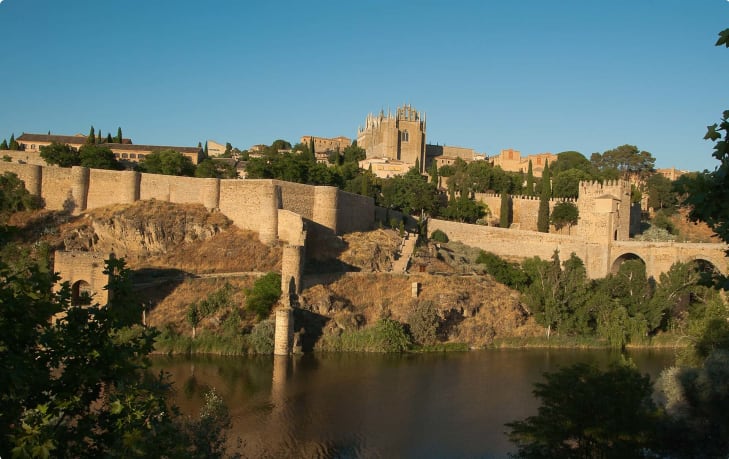
Articles about Spain published by Odyssey Traveller:
- Questions about Spain.
- Empires crossing the Mediterranean: 1130-1300.
- 15 of the best places to visit in Spain.
- Barcelona travel notes.
- Pilgrimages of the World: Advice for mature and senior travellers.
- Books to read on a trip to Spain.
- Eight Amazing Rail Journeys.
- Five Renaissance Women.
For all the articles Odyssey Traveller has published for mature aged and senior travellers, click through on this link.
External articles to assist you on your visit to Spain:
Related Tours
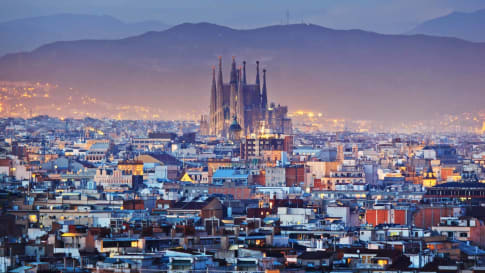
21 days
Sep, MayDiscover Spain
Visiting Spain
Join this small group travel, 21-day tour of Spain. For couples or solo traveler with minimal single supplement has daily itineraries with local guides that provide authentic experiences for those who seek small group journeys. Escorted tour begins in Madrid, finishes in Barcelona.
From A$14,750 AUD
View Tour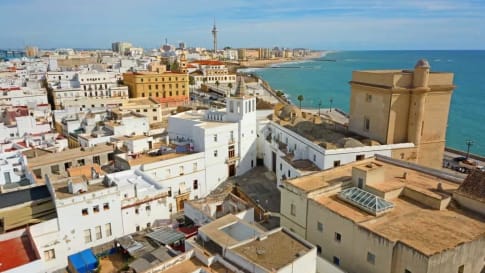
21 days
May, Aug, SepHabsburg Spain vs Tudor England: small group tour exploring 16th century history of England & Spain
Visiting England
This holiday with a leading tour operator allows the escorted tour for seniors to explore the life and times of the royal families responsible for making England and Spain so significant in the 16th century with local guides providing the travel experience for the detailed itineraries. We spend 10 days travelling from London to Madrid.
From A$14,995 AUD
View Tour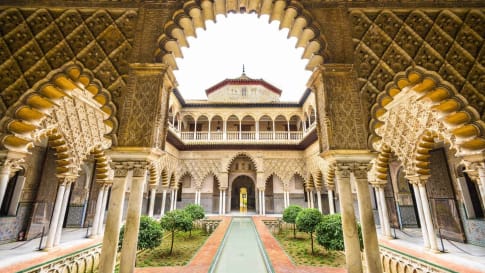
17 days
Mar, OctMoors in Spain
Visiting Spain
A small group tour of Spain exploring Spain's Moorish past. Your tour leader discovers and traces of the art, architecture, and culture and religious reign and of the Moors in Spain visiting their key cities of Madrid, Toledo, Seville and the cities of Andalusia.
From A$15,100 AUD
View Tour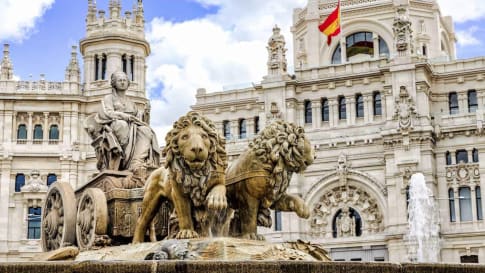
11 days
Sep, Apr, AugShort Spain Tour for senior and mature travellers
Visiting Spain
Join our small group guided tour of Spain, exploring this fascinating country over 10 nights with like minded people. We start in Barcelona and make our way slowly towards Madrid. Enjoy the food and culture while learning about the history of each location from our expert local guides and Odyssey Program Leader.
From A$7,990 AUD
View Tour
